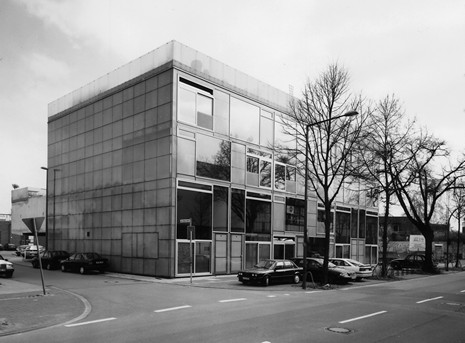Description
In a quarter characterized by converted factories, a new building has been created, which offers a deliberate interpretation of the appeal and advantages of such converted structures and utilizes them for its own purposes. The architects have formulated a conscious response to the changing lifestyles and the growing integration of living and working. The building is composed of 12 identical modules, consisting of a 1-story section and a 2-story section (optional 2nd level). By rotating and creating a mirror image of this basic unit, they have achieved 8 different modules of tremendous spatial variety, which can be further increased by connecting individual modules.
The individual volumes are completely usage-neutral – they are handed over without kitchen and bathroom – and are so inspiring in their spatial arrangement that they invite immediate occupation. Buyers are offered a variety of options. Thus, there were three different sanitary units for installation in the 1-story section; a detailed handbook explains where the attachment points are located, from which galleries can be suspended as desired, among other things; steel stairs are available upon request. However, the buyers were also free to complete the interiors entirely on their own. Due to soil contamination, the site had to be fully sealed and open spaces were therefore integrated on the roof or on top of the access structure to the rear of the building. The wide access bridges of this attached structure feature integrated planted borders and serve as additional semipublic balconies or terraces.
Drawings
Photos
 Exterior view
Exterior view
Originally published in: Oliver Heckmann, Friederike Schneider (eds.), Floor Plan Manual Housing, fourth revised and expanded edition, Birkhäuser, 2011.